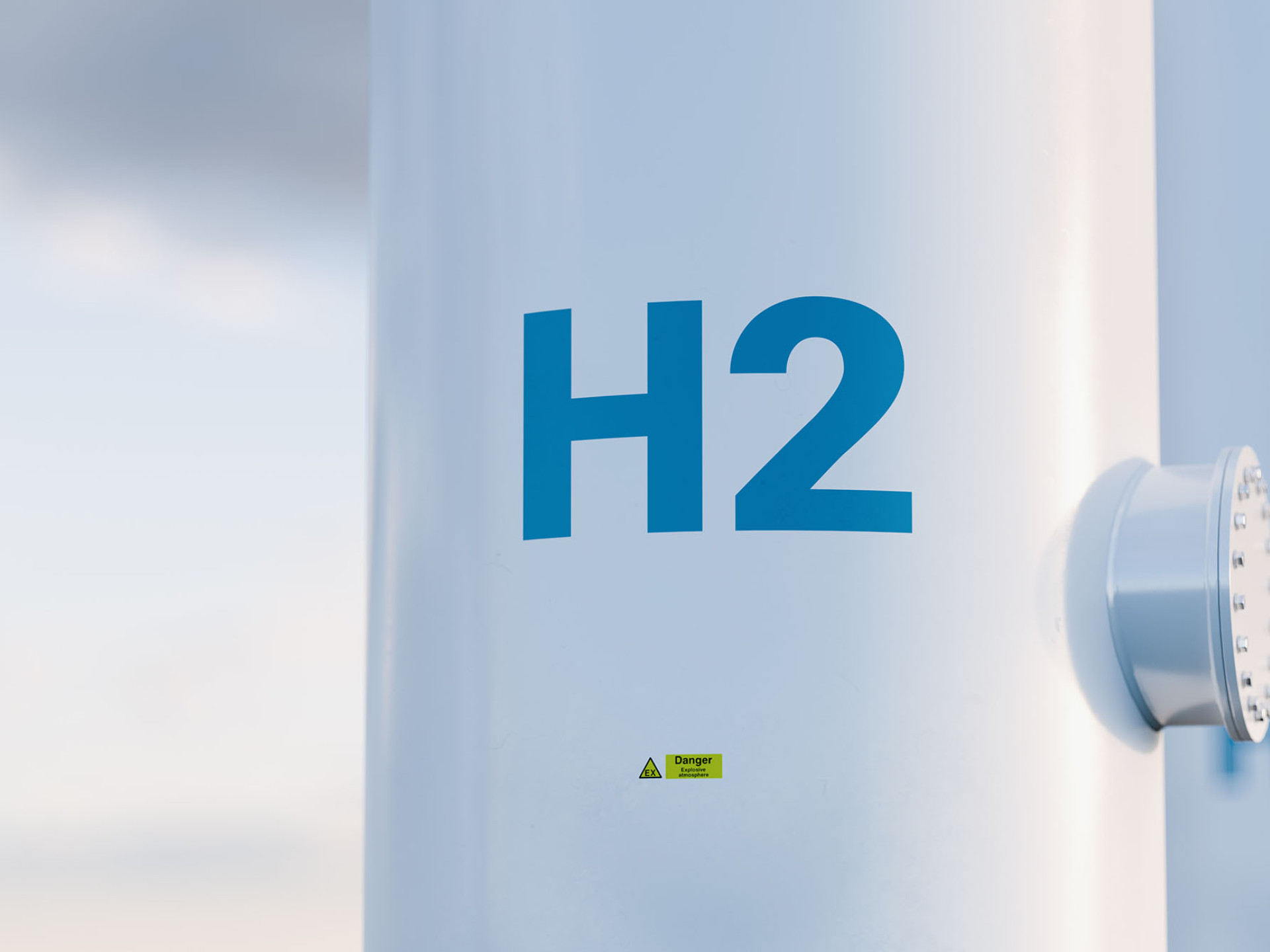Energy storage of the future


It is found in a nearly inexhaustible supply on Earth, can be used as an energy source, and also burns emission-free – hydrogen is considered one of the new hopes for a carbon-neutral energy supply of the future. There’s a catch, however: – Both its production and storage require immense amounts of energy and space. Researchers at the Helmholtz Climate Initiative are investigating how this energy source can be stored in a manner that is more climate-friendly, cost effective and space-saving.
A clean energy supply is a central element in the journey to a carbon-neutral society. Hydrogen could play a decisive role in this regard. It can be used in many ways, wherever a lot of energy is needed – e.g. in the steel industry, automobiles, space travel or for heating purposes. This is because it can store a lot of energy, significantly more than fossil fuels. A kilogram of hydrogen yields about as much energy as 2.8 kilograms of gasoline. Most importantly, hydrogen burns almost emission-free.
Hydrogen can be produced from largely carbon-neutral sources using electricity from wind and solar installations. This "green hydrogen" can be reconverted into electricity and heat, as necessary.
However, it needs to be available at the right time, at the right place. This means that the storage of hydrogen is a key aspect of having a clean energy supply in the future. Various technologies are used for this purpose. In today's world, the most common solution is compressed gas storage tanks, where hydrogen is stored as a gas under very high pressure. In addition, there are liquid hydrogen storage tanks that store hydrogen that has been cooled – with an immense expenditure of energy – to -253°C as a cryogenic liquid.
How is green hydrogen produced?
Using electricity from solar and wind installations, water can be broken down into its individual components: hydrogen and oxygen. This process is called electrolysis.
The metal hydride used can cut the space required for storing hydrogen by more than half. In addition, such tanks could be manufactured in any shape, which would facilitate better use of existing installation spaces than would be possible with cylindrical tanks.
Related links
Helmholtz-Forschung zum Thema Wasserstoff
The focus is on metal hydrides, which are metals in powder form that can absorb and give off hydrogen. The atoms of the metals are arranged in the form of a lattice, into which the hydrogen can be incorporated via a chemical reaction. This releases heat, which is subsequently harnessed to dislodge the hydrogen from the atomic lattice.
In the EU project "HyCARE," Hereon scientists are working alongside European partners to develop a tank prototype that can hold 3.5-5 tons of metal powder and thus at least 50 kilograms of hydrogen in a very small space. "This will make this tank one of the largest civil hydrogen storage tanks in Europe to use this type of technology," explains Baetcke. It should only be about one to two cubic meters in size and have a pressure load of less than 50 bar. "This makes it ideal for storing large quantities of hydrogen in a very compact manner and above all safely – e.g. as stationary hydrogen storage for industrial operations or hydrogen filling stations."
Germany’s National Hydrogen Strategy 2020
Green hydrogen is considered a key technology in the energy transition. Last year, the German government put forth a strategy that can be used to create a low-carbon design for important industries such as the steel and chemical industries or the transport sector. The Germany National Hydrogen Strategy relies on green hydrogen in these areas in order to achieve greenhouse gas neutrality by 2050. For this purpose, the conditions for domestic production must be created and renewable energies expanded.
